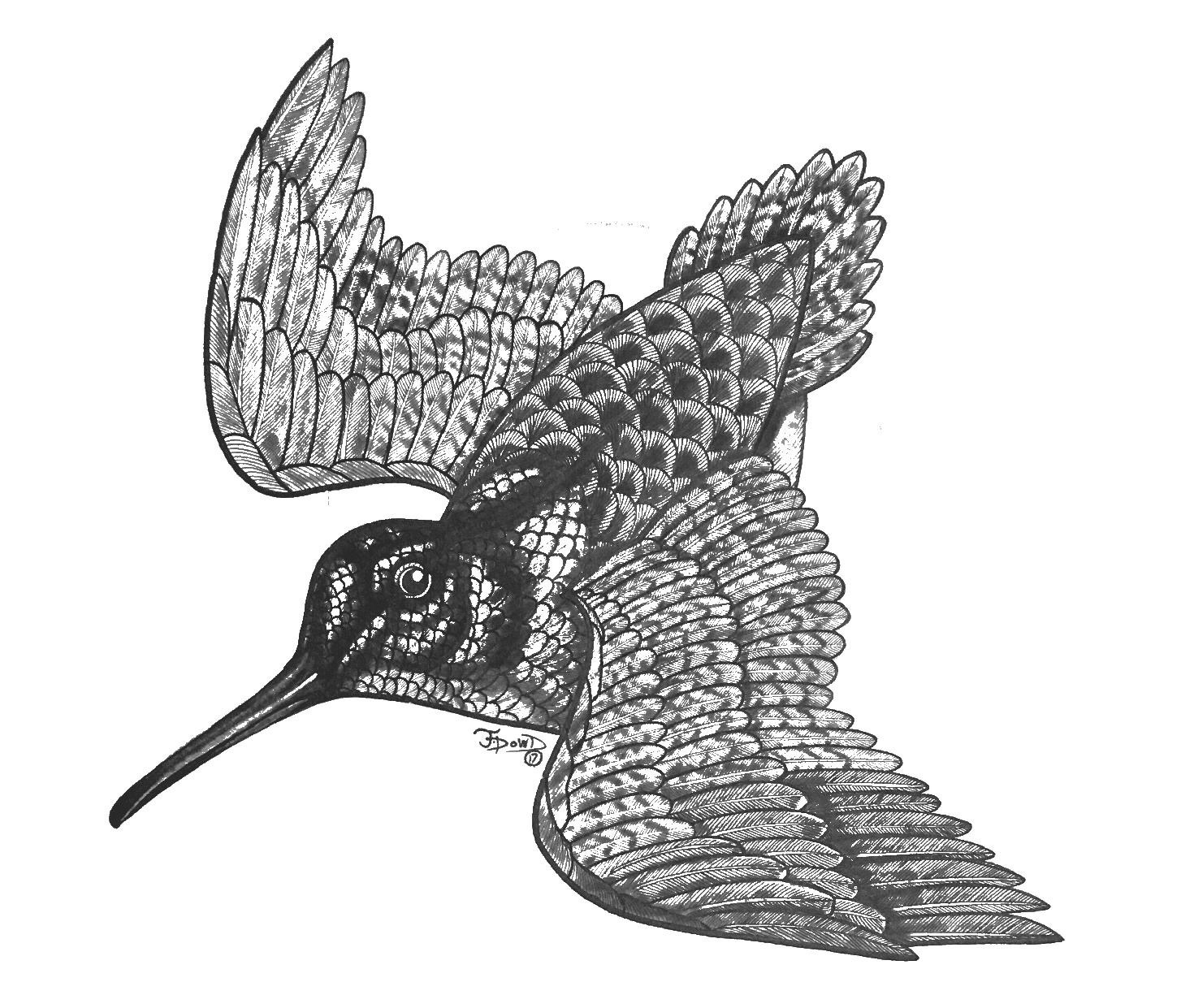Drive Capping
Michael Ellis – “Where you teach the dog to go from an active state to a “capped” state” “Interruption in an excited, active state to a controlled, contained state”
-Behaviors tend to get more intense.
-For a competitive trainer this is good. Maybe not as important to the “Person on the street.
-Still has value on the street, due to better chance of control in higher state of arousal.
-Great for toy play (after capped state behaviors have been taught with food)
-Must establish three fundamental rules for toy play
-Dog must want the toy and the interaction
-They must have an “out”
-They must bring it back to me
-Great for learning self control
Link to Michael Ellis’ video on Drive Capping
Jerry Bradshaw – “This process of teaching the dog to compose himself and restrain or internalize (not express) his drive temporarily is called drive capping.”
“Drive capping a high drive dog can seem at first a lot like trying to put the genie back in the bottle. In drive capping, the dog is taught that by doing the obedience command and internalizing his outward expression of drive he will receive the prey object as a reward.”
Link to Jerry’s Podcast Episode on Drive Capping
Link to Jerry’s Article
-Potential energy vs Kinetic energy
-Kinetic energy (expressed state), Potential energy (capped state)
-Pot of boiling water analogy.
-Bleeding of drive.
How to put drive capping to work for us.
-Putting expression of drive on cue
-Premack as it pertains to capping
-sequential steps to satiation. Chaining behavior. Increasing intensity of desired behaviors (Release to chase).
-Coming through the handler for release to satiating behavior
-Sequence of behaviors (randomization of sequence and release)
-Retrievers
-Place board to heel to release etc
-Flushers
-Place board work, remote, release, …hup to flush is a capped state
-Pointers
-Pointing is a capped state
-Keep them guessing (defeating anticipation while retaining intensity)D


